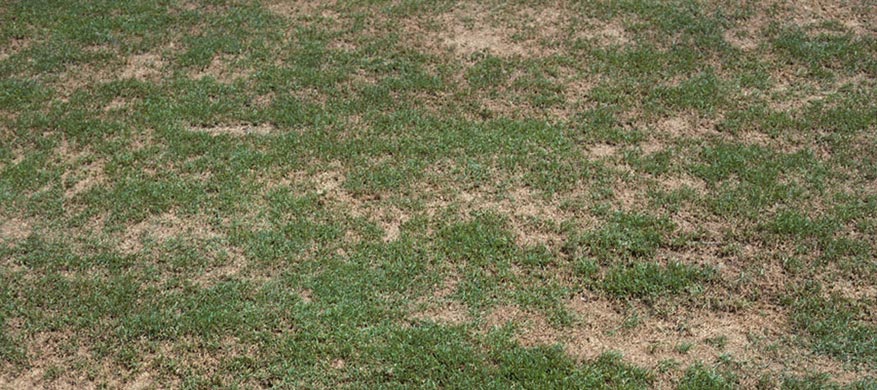
Do I Really Want Fungi in My Yard?
Many consider “fungi” the distasteful evidence that last week’s leftovers are no longer safe to eat. The impressive work of this “green mold or white fuzz,” however, often goes unappreciated. Yet “breaking down and decomposing sugars, starches, cellulose and lignin” is the primary goal of fungi.
As AgriEnergies resources explains, “Biological relatives of these food fungi are commonly found in soil, and they live and grow in a very similar way. These soil fungi thrive in the aerobic portion of the soil and are superb decomposers and nutrient cyclers. Fortunately, beneficial soil fungi are common and widespread in biologically active soils.” (Ground work – AgriEnergy Resources).
Ideally, our soil will be dominated by fungi, but we need to promote the necessary environment.
“Fungi can’t make their own food like plants do. They are dependent on organic substances for carbon. As fungi break down organic matter and residues (dead plant material), fungi recycle important nutrients that would otherwise remain locked up in dead plants and animals. These nutrients then become available in the soil and are used by microbes and plants” (Ground work – AgriEnergy Resources).
Fungi even take on the challenge of decomposing and digesting complex organic material, such as thatch. Using the soil’s nitrogen, fungi turn low nitrogen “woody, carbon-rich residues” into acces- sible sources for other organisms.
Here are some of the benefits of having fungi in your yard and garden:
• Decompose complex carbon compounds (e.g., crop residues)
• Improve accumulation of organic matter
• Break down hard-to-digest cellulose and lignin
• Retain nutrients in the soil
• Extension of plant roots (increase surface area for water and nutrient absorption)
• Solubilize phosphorus in the soil and make it available to plants and other microbes
• Improve soil tilth (help soil particles cling together)
• Help control pathogens
• Break down some chemical residues (bioremediation)
• Impacts soil pH
Bottom line, beneficial soil fungi are workhorses and you want high numbers of them in your soil.
According to the Jeff Lowenfels and Wayne Lewis, authors of the book “Teaming with Microbes,” “Fungi, like bacteria, play crucial roles in the soil food web. Ultimately, from the plant’s perspective anyhow, the role of the soil food web is to cycle down nutrients until they become temporarily immobilized in the bodies of bacteria and fungi and then mineralized. The most important of these nutrients is nitrogen — the basic building block of amino acids and, therefore, life. The biomass of fungi and bacteria (the total amount of each in the soil) determines, for the most part, the amount of nitrogen that is readily available for the plant to use.” (Lowenfels)
It’s especially important that they (fungi) are out there and active during autumn. Soil with plenty of fungi will break down your residues and put those nutrients back in the soil, making them available for next year’s growing season. For example, compost tea applications during the early spring and summer applications are packed with a blend formulated to supply the greatest diversity of bacteria, fungi, in addition to other forms of biology that help support the growth of microbial life. Adding additional microbial products in early fall further helps break down dead plant material (thatch) and ensures you have high numbers of beneficial fungi functioning in your soil.
The basic premise behind the soil food web and the simple answer to why fungi is important is that, when one element in the soil food web gets out of balance, either from chemical treatments or other means, the entire system visibly suffers. Conversely, when the soil food web is in balance, it creates good soil structure, produces nutrients and controls diseases, all key elements in a healthy looking lawn and/or garden and the foundation to the guiding principles of Backyard Organics.
More to come on the soil food web in future articles, so please stay tuned.





